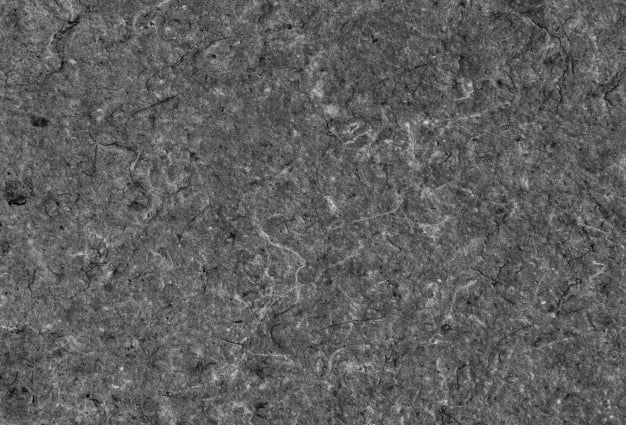Being the protective barrier between the elements and your home, the space in your loft is responsible for far more than just storing holiday decorations and childhood keepsakes.
Correctly insulating your house is one of the key components in creating an energy-efficient and comfortable living space for you and your family.
How does loft insulation work?
In its most basic form, insulation works by trapping air within its material, restricting movement, thereby slowing down the transfer of heat. This process is what’s going to allow your home to be that little bit cosier throughout the seasons, whilst saving money on bills and avoiding dampness and mould.
Why do I have black loft insulation?
Specifically, when it comes to fibreglass, there are a few reasons as to why you could be seeing black loft insulation. The black on your loft insulation could potentially be caused by dust and mould collecting on your insulate materials, or there could be an air leakage that has gone unnoticed.
Whilst both aren’t ideal, there are ways you can fix problem before it gets out of hand.
How do I know if it’s just dust or mould?
If you notice black loft insulation please be aware that it can be harmful; mould has the capability to be an irritable toxic substance to humans, it’s best to call a professional to check and determine what kind of problem you’re dealing with.
If you wish to inspect the problem alone, it’s imperative that you use the correct PPE such as goggles, gloves and a mask to ensure you aren’t breathing in any of those harmful toxins.
When you inspect your space, look for discolouration of black, brown, orange and pink spots on your insulation, this will give you the indication that you are dealing with dirt or mould.
Although it may seem annoying, discolouration and black on your loft insulation is great because it gives you an indication as to where your problem lies, instead of having to rip everything up to discover one tiny issue.
Why would an air leak result in black loft insulation?
Loose-fill insulation such as fibreglass becomes discoloured when facing an air leak as this forces it to be exposed to dust, moisture and other particles. However, it’s easily fixable by lifting the old insulation, filling the hole and replacing it with a new piece of insulate material.
Baring in mind that both heating and cooling account for around 50-70% of the average home’s energy usage, it’s important that you keep an eye on your loft, checking it regularly for these types of issues. Failing to do so could result in a colder home and bigger bills.
If you’re thinking about keeping your home warm this winter and saving some money in the run-up to Christmas, LoftZone StoreFloor is a great DIY solution.
Holding up to 500kg per square meter, its Tri and Uni-Supports made from extremely strong engineering-grade recycled plastic, making it much stronger than the joists of a typical loft.
Alternatively, the LoftZone StoreFloor Compact is equipped with compact supports and is ideal for those who require loft boarding in areas with less vertical space and lower head room.
